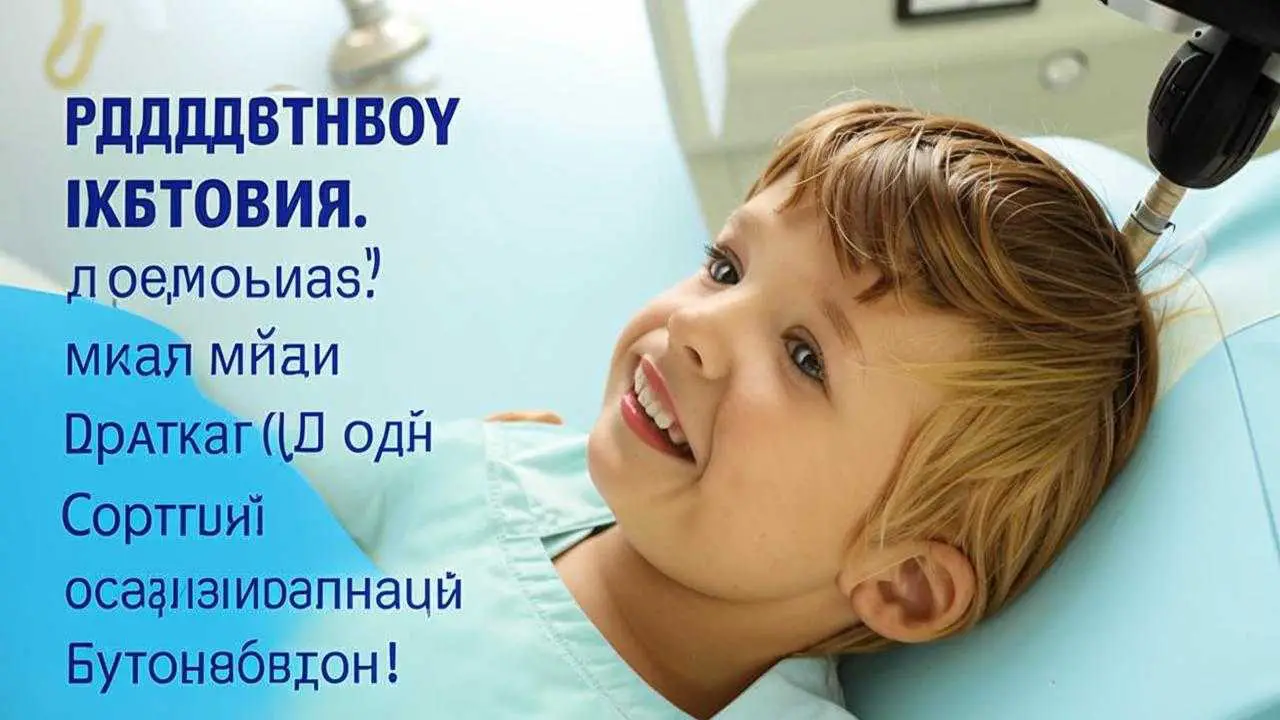There are few people in the world who are not afraid of going to the dentist. Against the background of such a widespread phobia, there are more and more calls to undergo treatment under sedation, without pain. What is it and is this method as safe as they say it is?
Dental treatment under anesthesia in adults is carried out in rare cases, more often in hospitals. Sedation, on the other hand, is more common. This method causes inhibition of the nervous system to reduce panic and stress during the procedure. There is contact with the doctor, the patient is able to respond to stimuli. With this method of anesthesia, the patient breathes on his own, all his reflexes are preserved. This is the main difference between sedation and anesthesia, in which the degree of inhibition reaches such a level that consciousness is cut off, reflexes are not preserved, the patient does not respond to physical and verbal stimuli. The main goal of anesthesia is to immerse the patient in a state in which he feels nothing.
The main goal of sedation is not to harm the patient’s health, so before the procedure it is necessary to make a complete examination of the body and obtain a conclusion of the therapist and anesthesiologist.
Sedation will help:
- relax during an unpleasant or painful procedure;
- provide local anesthesia without tension and fear;
- provide comfort, mentally and physically;
- create a calm environment for the dentist to work in.
Stages of sedation
- Mild. The patient is in a state of relaxation, but awake, goes to contact with the doctor. Although his reactions and coordination are slightly reduced. Such sedation is also called superficial.
- Medium. State of consciousness, in which patients respond to tactile stimuli, all functions are preserved, reflexes work, there is interaction with the doctor.
- Profound. Reaction only to strong stimulation, the patient does not respond to a shout, but the cardiovascular system works normally. Breathing may become intermittent
The next stage is already full anesthesia. With it, there is no reaction even to strong painful stimuli. Respiratory support is often needed.
Types of sedation in dentistry
Ways of introducing relaxing drugs are quite a lot, but in dental clinics only some of them are used:
- Inhalation. The most common mind control technique. Pros of dental treatment under sedation through inhalation: fast effect, the process is easy to control, consciousness is restored in a very short period of time. The most common is the use of nitrous oxide. It has a relaxing effect, reduces motor activity and has some analgesic properties. If the rules of delivery and percentage of gases are followed, it has almost no side effects.
- Injection. The drug is administered as a single injection or gradually through an intravenous infusion system. The most well-known drugs are: prophopol and medazolam. Their soporific effect allows for dental treatment in sleep, while maintaining basic reflexes and independent breathing. Recently, Dexmedetomidine is increasingly used, because it does not reduce blood pressure.
- Oral administration of medication. If the patient is afraid of the needle, but calmly takes pills, you can use them.
- Intranasal dispersion. The anesthetic is sprayed into the nasal passages. So the drug, through the taste bulbs, immediately enters the brain. Rapid effect, bioavailability, central action and ease of use make sprays very popular.
Sedation in pediatric dentistry
Up to 50% of children[1] hide dental problems due to fear of treatment. This affects their quality of life and oral health both in childhood and when they grow up. Therefore, the use of mind control measures in pediatric dental care is justified, with strict adherence to rules and regulations. Most often, medicated sleep during dental treatment in children is provided by applying nitrous oxide, but there are studies that have confirmed the effectiveness of other drugs. It is worth remembering that sedation should be used only when no other method of dental treatment in children does not work. This will help to avoid harmful consequences.
Consequences of sedation in dentistry
Specific problems with the use of mind-control drugs depend on the method of administration and the mechanism of action of the drugs.
At the beginning of the procedure, there may be increased activity, physical restlessness, talkativeness and increased sociability.
Compulsive coughing is a common symptom. This problem is managed by reducing the dose of the drug. Complications after sedation can occur both immediately and in the delayed period.
Possible short-term complications
- Respiratory disturbances (slow breathing, lack of oxygen);
- Hemodynamic problems (drop in blood pressure, abnormal heart rhythm);
- central nervous system depression;
- bowel malfunctions, vomiting.
Postponed symptoms
- Development of psychosis;
- hallucinatory syndrome;
- paralysis.
Is sedation dangerous? No, if it is carried out by an experienced doctor who has undergone special training, and the clinic is equipped with everything necessary to eliminate the consequences. But it is not a magic pill that can be prescribed to everyone without thinking about the consequences.
Indications
Dental sedation is indicated in a state of increased excitability, fear of treatment, but is not limited to this. This method should be used if there is:
- a strongly marked gag reflex;
- mental problems that preclude interaction with the patient;
- traumatic manipulation.
Like any medical intervention, mind control with medication methods requires careful preparation. The decision is made by the doctor taking into account all the data.
How to prepare for the procedure
Special preparation is not required. Of course, certain data are needed, such as blood pressure readings, some tests, ECG (adults). For 6 hours before you need to treat teeth under sedation, you should not eat, and for 2 hours – drink.
After manipulation, patients remain in the clinic, under the supervision of doctors. On this day, it is recommended to refuse driving and other activities that require increased attention.
Contraindications to sedation
Like any medical procedure, consciousness depression has contraindications. There are very few of them. The only absolute contraindication is myasthenia gravis (muscle weakening). The other conditions are relative. These are drug or alcohol intoxication, hypotension, a full stomach, a disorder of consciousness that does not allow interaction with the patient, pregnancy, the state after an acute heart attack / stroke. Only a general practitioner and an anesthesiologist can give an opinion on the feasibility of this procedure.
The choice of method may also be limited. Thus, inhalation methods are contraindicated in sinusitis and other diseases of the upper respiratory tract. The doctor must be aware of all diseases in order to select the appropriate specific drug to use medicated sleep in the treatment of teeth without consequences. This is why it is important to treat teeth in a clinic with modern technical facilities. Usually, such dentists have experienced anesthesiologists and first aid equipment.
Anesthesia in dentistry
There are medical terms that in ordinary life lose their meaning or acquire an additional meaning. One example is the expression “to treat teeth under anesthesia”. In 99% of cases, this expression is understood to mean ordinary sedation. Due to a common mistake, even dentists sometimes use the term “anesthesia”, although it means depression of consciousness with preservation of reflexes and responses.
Dental treatment under general anesthesia is rarely performed. It requires special equipment and environment for its administration. Usually, it occurs in the hospital, maxillofacial surgeon, as a concomitant procedure to the operation. During the manipulation requires constant monitoring of blood pressure, heart rate, respiratory rate, blood oxygen saturation.
General anesthesia in dental treatment means a complete shutdown of consciousness, including protective reflexes, which can be dangerous. The patient should not choose the method of anesthesia himself, this can only be done by the doctor after a certain examination.
Is there an alternative?
Each clinical case is different. The doctor, after collecting all the data and diagnostics, decides on the ways and methods of treatment. At the same time, it is worth remembering that sedation is not a harmless manipulation. Like any intervention, it has risks, complications, consequences. If the reaction to local anesthesia is normal, it is worth trying to treat teeth without depression of consciousness.
In addition, there are means that help to relax without prescription drugs. This Aphobazol, tincture of peony, valerian, motherwort, combined sedative compositions will calm the nerves. And if you are afraid of the injection itself in the gum, you can first use an anesthetic cream, and then make an injection in this place.
Non-medicamentous methods are important, even if the use of special drugs is planned. These include establishing emotional contact with the patient, outlining the treatment plan, and talking about what to expect during the procedure. Light music, a pleasant odor, and a friendly atmosphere already contribute to relaxation.
In a modern, well-equipped clinic, with experienced doctors and friendly staff, the atmosphere itself is conducive to overcoming fears and relaxation.
Sources:
[1]https://www.dissercat.com/content/osobennosti-okazaniya-stomatologicheskoi-pomoshchi-detyam-v-usloviyakh-sedatsii-s-sokhranenn/read



